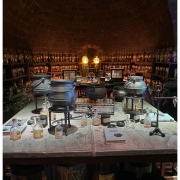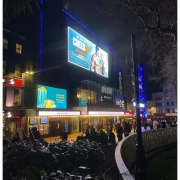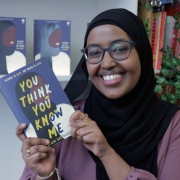Finding a Balance Between Work and Personal Life
The demands of work and personal life can very often conflict. Growing up, becoming independent, and starting a “real job” can be intimidating, especially when you have other priorities in your life that are unrelated to your professional career. At times, it feels like there are not nearly enough hours in the day to do what you want to do which can be quite overwhelming. In recent years, a large emphasis has been placed on the so-called “work-life balance,” and that importance has been rightfully earned. Although everyone’s idea of this balance is subjective, it’s still necessary to know how to carry it out.
Working excessively long hours daily can lead to burnout, which can have various negative mental effects. Burnout can then decrease motivation and focus, cause confusion, increase the risk of making job errors, and reduce your total productivity. Unfortunately, the burnout phenomenon is not uncommon. According to research conducted by Westfield Health, almost half (46%) of UK workers are close to burnout. Here are ways in which you can maintain this balance to sustain a fulfilling life–both professionally and socially–that will keep you sane throughout the week and avoid burnout.
There’s nothing quite like being able to look forward to something exciting, especially after working hard all day. Personally, something that has helped me find a balance between the conflicting pressures of professional life and personal life has been scheduling things to look forward to at the end of a workday. This can entail anything you find enjoyable. From making a reservation for dinner with a friend, to getting tickets to see a movie you’ve been wanting to see, to ordering in your favorite meal and playing board games with your family. It doesn’t have to be extravagant: you can do whatever makes you happy. But what’s important is the planning that goes into it. It’s easy to let things you want to do slip through the cracks, especially when you’re busy with work. Thinking ahead and cementing a specific plan is the key to making sure you’re taking time for yourself outside of the workplace.
Another thing found to be quite helpful in finding a work-life balance is setting boundaries and having open communication with your employer or supervisor. It’s incredibly important to set and communicate working hours with the person that delegates tasks to you. Many times, work life can bleed into personal life because there is no solid conversation to indicate when the employee will be working or not. Making sure there are clear boundaries will help you separate work time from personal time. It’s also important to have open and honest communication with your supervisor. Being able to express that you have too heavy of a workload will help your supervisor know that the amount of work they’re giving you is too overwhelming and, hopefully, will cut back on it.
Health is integral to feeling good, working well, and getting to experience life outside of the workplace: it is at the epicenter of what makes a good work-life balance. Because of this, it’s important to carve out times to prioritize your health and do things that make you feel good. There are many fun ways to do this, even during the workday. One thing I love to do for this takes place during my lunch break. I often go on a walk with a fellow intern outside. The fresh air is great to recharge your mind and helps break up the monotony of a workday.
As an intern in London taking classes simultaneously, I’ve come to learn how necessary a work-life balance is to avoid burnout and be able to have fulfilling social and professional lives.
By: Maddy Adler












